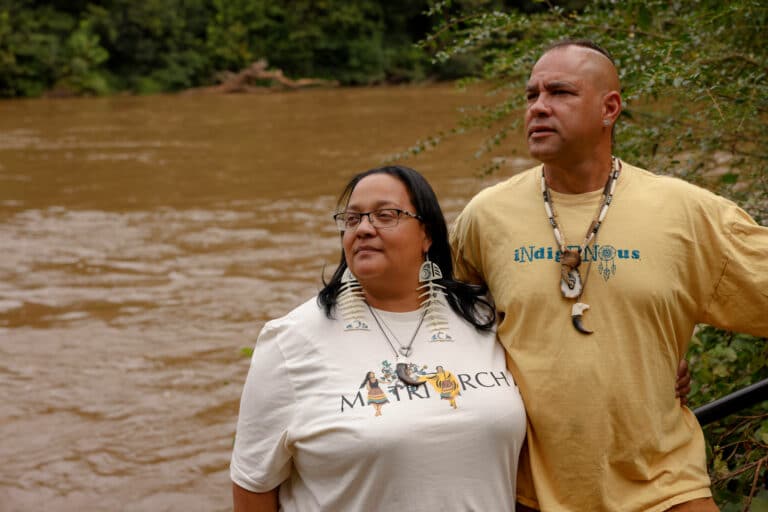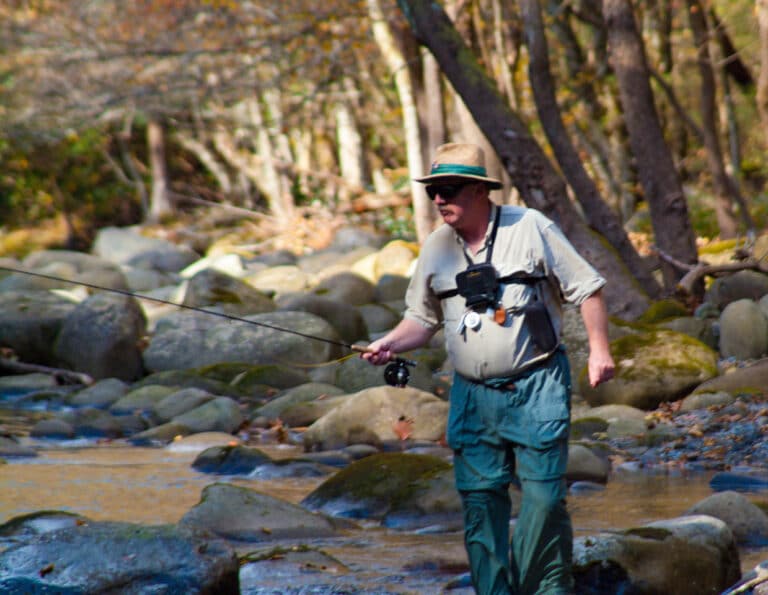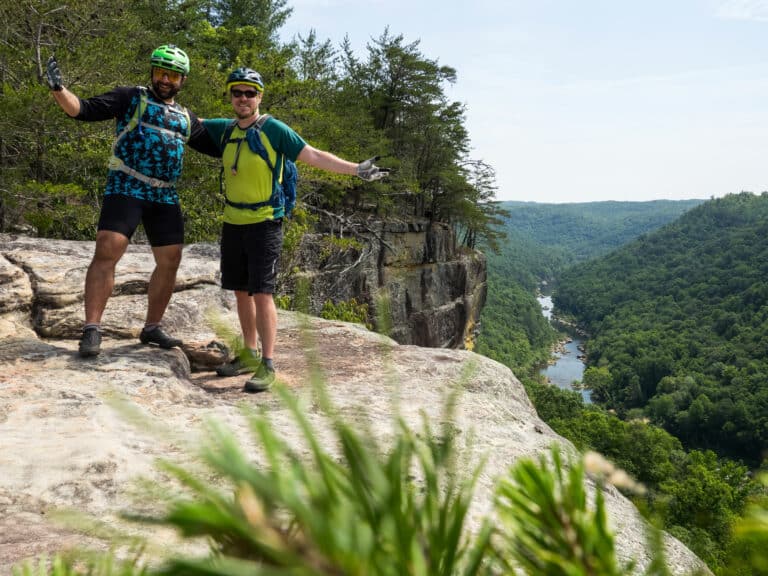The Appalachian Trail by the Numbers
2,181 miles – Official length of the Appalachian Trail according to the recently released 2011 Appalachian Trail Data Book.
1.9 miles – Distance added to the trail in 2010 through relocations in various states.
0.9 miles – The largest reported addition to the trail, along the N.C./Tenn. border. Big Deals The Conservation Fund purchased a key portion of the 8,000-acre East Fork Headwaters, the largest privately owned tract of land left in North Carolina. Located between Dupont State Forest and Gorges State Park, Headwaters includes 100 miles of trails, including a portion of the Foothills Trail. In Tennessee, the Conservation Fund was instrumental in purchasing 6,000 acres of bluff that borders the Fiery Gizzard Cove and contains more than 1.5-miles of the 17-mile Fiery Gizzard Trail system.
Bikes 2.0
We all love bikes, but sometimes the maintenance can be a hassle. Here are two new innovations designed to eliminate the most common bike maintenance issues:
Chain-less drive trains
At least four different companies have recently brought belt-driven drive trains to the market. Instead of a chain, the front and rear sprockets are connected by a belt, which is typically lighter, cleaner, and requires no lubrication or maintenance.
Puncture-less tires
Tire-company Hutchinson is releasing the Serenity, a “flat-free” road tire designed to eliminate tire maintenance. Instead of an inner tube, the rubber tire tread is wrapped around closed-cell foam with tiny air pockets. Testers rode the tires over a bed of nails at the most recent Interbike with much success.
The Not-So-Merry-Go-Round
People tend to walk in circles when lost in unfamiliar terrain, according to a 2009 study in Current Biology. Scientists used GPS to study the paths of people lost for several hours in the Sahara Desert and Germany’s Bienwald Forest. Most walkers were only able to keep a straight line when the sun or moon was clearly visible. The scientists went a step further by asking participants to walk in a straight line while blindfolded. Most walked in extremely tight circles.








